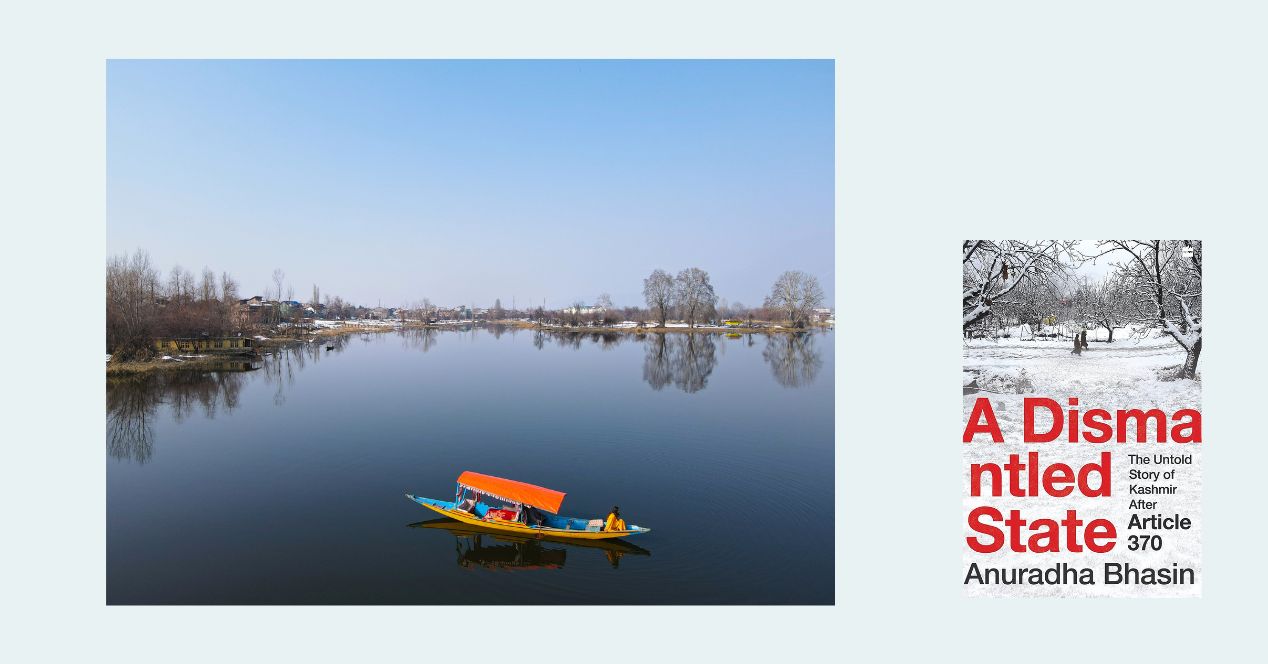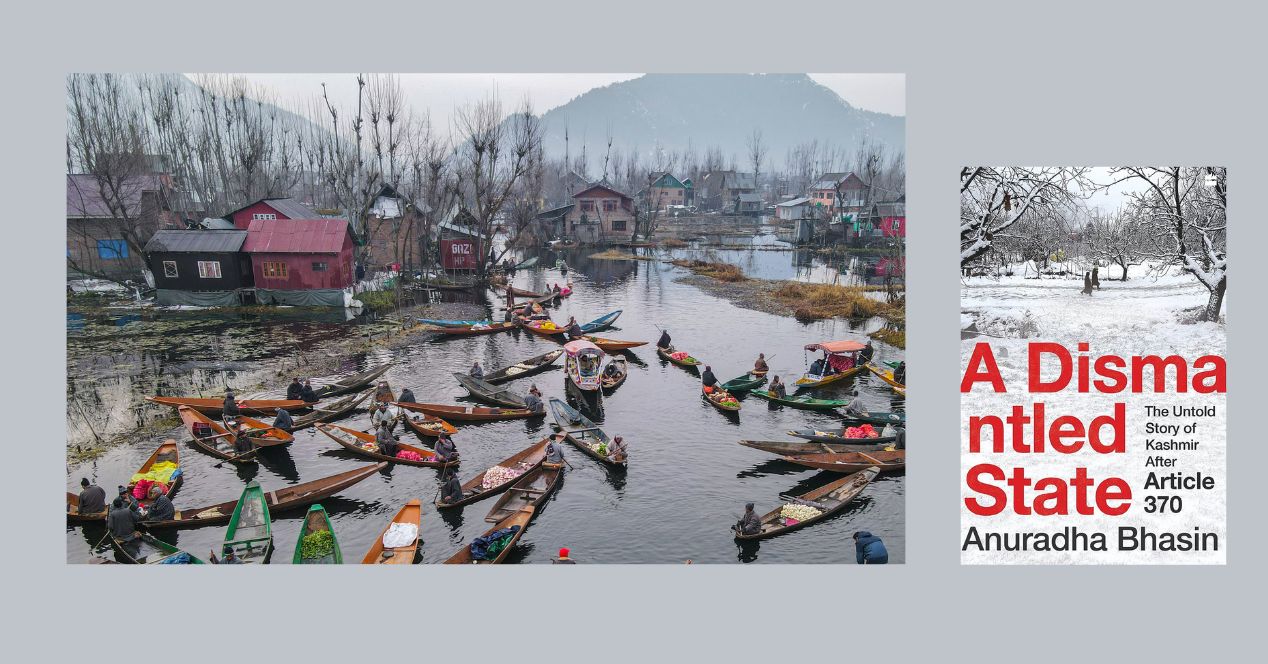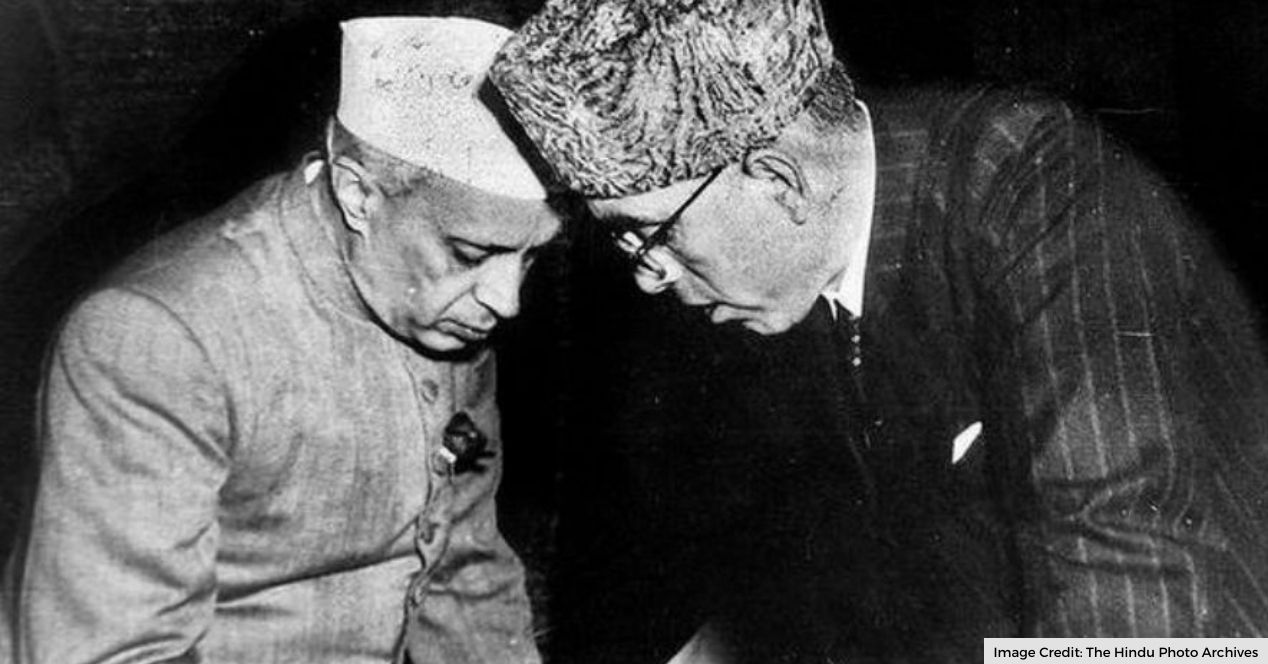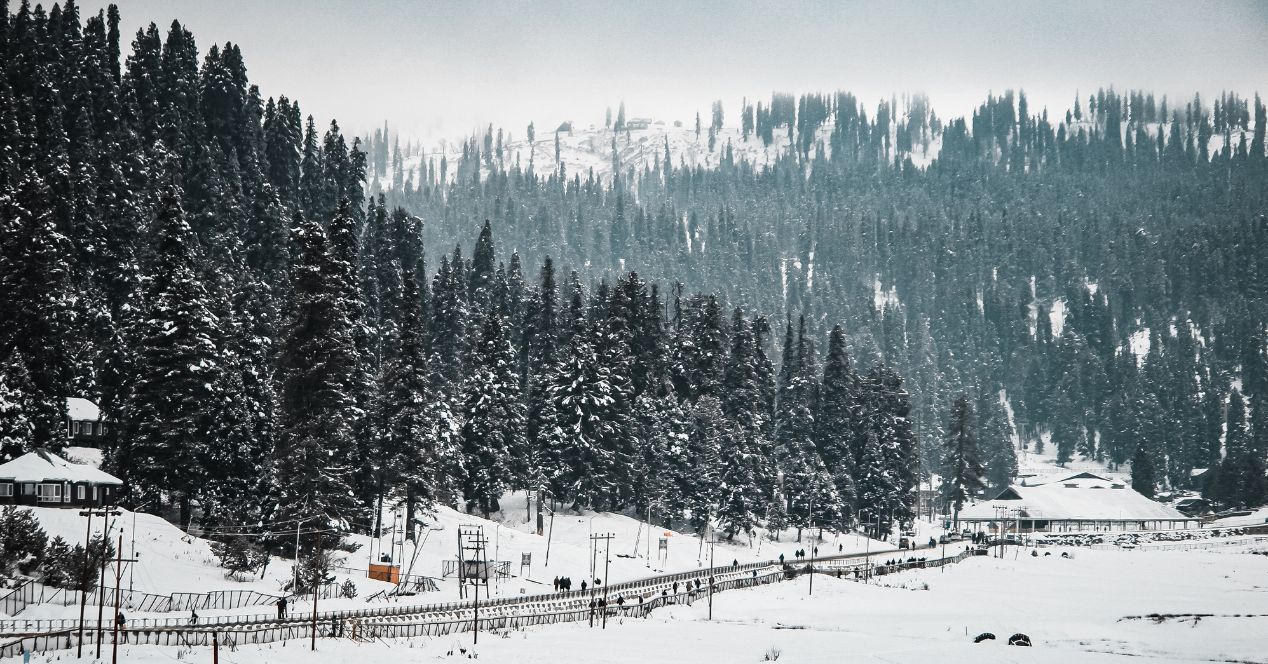Analysis
The Supreme Court’s verdict on Article 370 brushes aside both legality and history
The Court set a dangerous precedent in the Article 370 case by endorsing the legal jugglery that broke the promise between Union and state
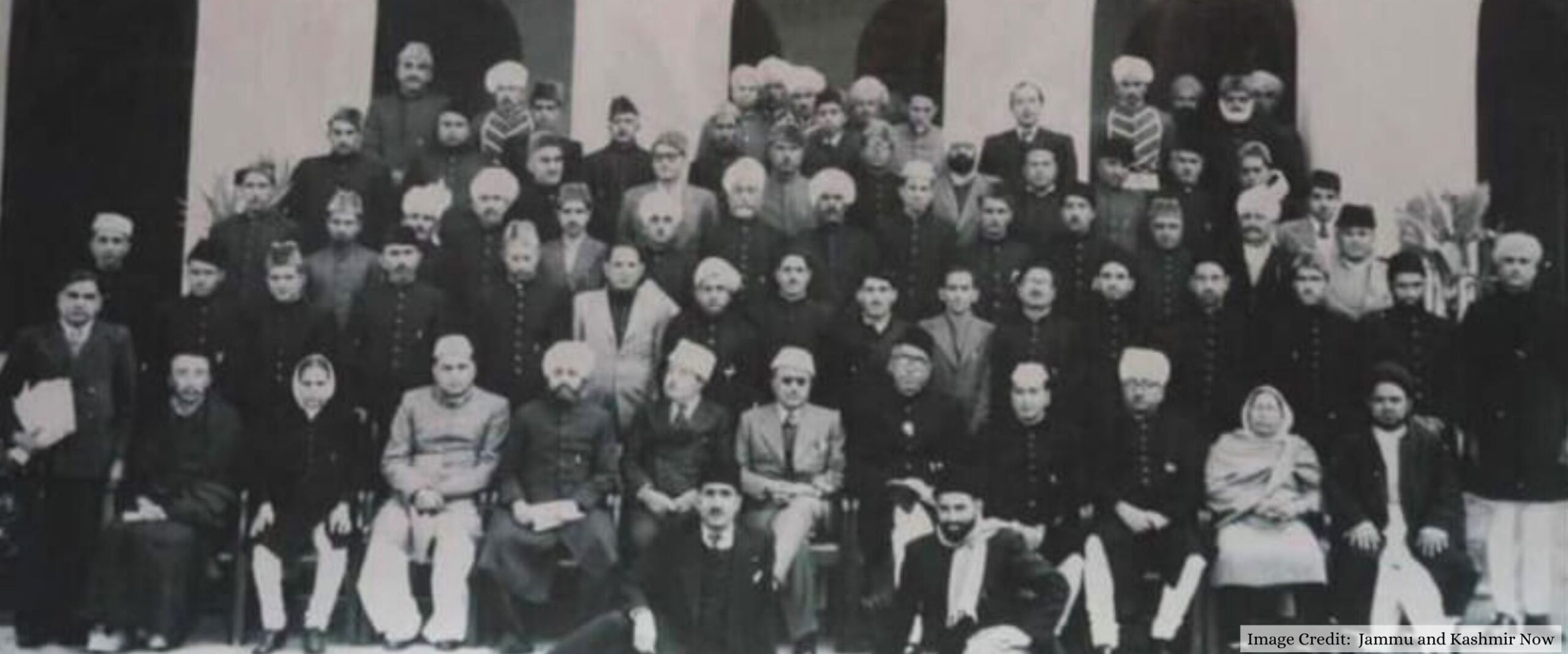
The Supreme Court’s 476-page verdict upholding the abrogation of Article 370 is a saga of historical distortions, selective amnesia and logic-less interpretation. Not only does it do injustice to Jammu and Kashmir, it has set a precedent that is inimical to Indian democracy and federalism. It’s an endorsement of the tendency of the executive to commit acts that fly in the face of the constitutional scheme.
Article 370 outlined the legal and constitutional arrangement between J&K and India. Its existence was a promise that the Union recognised J&K’s unique history and the trying circumstances under which it became a part of India. Any decision pertaining to its continuance should have factored in both the legality as well as the history.
Legal experts differ over manner of amendment
The petitioners had argued that Article 370 had become a permanent feature of the Indian Constitution from the moment the Constituent Assembly of J&K formally dissolved in 1957. In fact, Article 370 was the basis of the J&K Constitution. It was classed as a “temporary provision” because it was meant to be ratified by the J&K Constituent Assembly. By not recommending the abrogation of the provision before its dissolution, the Assembly had endorsed its continued existence in the Indian Constitution to govern this unique federal relationship.
This position was elucidated by constitutional law expert A.G. Noorani in an article in The Wire a week after the abrogation was announced in August 2019. He pointed to Article 370(3), which stated that the President’s notification to abrogate the Article required the recommendation of the Constituent Assembly. This power, he wrote, could not be transferred or modified.
Eminent lawyer Fali Nariman holds a different position. In an interview to India Today following the judgement, he said that Article 370 could be discarded from the Constitution. But even Nariman contended that the Central Government’s legal strategy had been erroneous and should have been called out as such by the Supreme Court.
In Nariman’s view, the correct route to remove Article 370 would have been under Article 368, which gives the President the power to amend the Constitution. Under this process, the amendment can get presidential assent after it has been tabled and debated in the two Houses of Parliament. The majority requirement is clear: the bill has to be passed by a majority of the total membership of the house and a majority of not less than two-thirds of the members that are present and voting. Even as Nariman refuted the allegation that the Supreme Court is reluctant to take on the executive on controversial political issues, he said that the Court had gone “with the wrong approach” in this case.
This debate could have been instructional for the Supreme Court. Instead, it tangled itself in an interpretive muddle in trying to justify the revocation of J&K’s special status. To get around the problem of there being no Constituent Assembly in J&K any longer, Paragraph 2 of the President’s Constitutional Order 272 replaced the words “Constituent Assembly” with “Legislative Assembly” by adding a brand new sub-clause to Article 367, the interpretation provision of the Constitution.
Since the state was under a President’s Rule that had been imposed on flimsy grounds, it was hoped that this sleight of hand could be extended. In the circumstances, the phrase “Legislative Assembly” meant the Governor, the nominee of the Union in the states. The effect of this Order was that no representative of J&K state had a say in the abrogation of the Article, which, even in this telling, highlights how it violated the sacred pact between the republic and the federal unit.
That the Supreme Court saw through this scheme is clear, because it declared Paragraph 2 of Constitutional Order 272 ultra vires. The verdict described the action as “surreptitious” and added that “the consequences of permitting amendments through the circuitous manner would be disastrous, making many provisions of the Constitution susceptible to amendment without following due process.”
And yet, the Court held the abrogation valid on the ground that the recommendation of the Constituent Assembly wasn’t binding on the President. The question this begs is: If the means to achieve the end is declared invalid, how could the end be upheld as valid? The answer seems to be: by conveniently doing away with a plain reading of the provision and also misreading its intent.
Concurrence of the state government brushed aside
Article 370(1)(d) required the concurrence of the state government for the President to apply provisions of the Indian Constitution to J&K. The Union deployed the same conceit of President’s Rule to justify not seeking this concurrence—the state government’s function was being exercised by the Parliament. Effectively, this leads to a situation where the Union’s own concurrence was sought for an act proposed by it.
On this point, the top Court found that there was no mala fide or intent to deceive on the part of the Union. This conclusion was arrived at through a flawed interpretation of the various clauses of Article 370.
It is a truism that autonomy under Article 370 had been immensely eroded through several past Presidential Orders, starting from the one in 1954 which allowed the extension of almost the entire Indian Constitution to Jammu and Kashmir. By the time Article 370 was hollowed out once and for all in August 2019, 94 out of 97 entries in the Union List, 260 out of the 395 Articles, and seven out of 12 Schedules of the Indian Constitution were already applicable to J&K. But at least they had the stamp of legality—all these dilutions were carried out with the concurrence of the assembly.
A. G. Noorani’s words drive home the absurdity of the idea that a state legislature would concur with the Centre in destroying its autonomy: “A constituent assembly is a body wielding constituent powers as a sovereign body. It itself establishes a legislative assembly with limited powers it defines…. The assembly it created in J&K’s Constitution survives still (Article 46). How can you endow it with constituent power to accord its concurrence to the Centre to destroy the state’s autonomy?”
History of Article 370 confined to the dustbin
While declaring Article 370 to be temporary, the Court noted two factors. One was the war-like conditions. The second was the transitional purpose—the Article was meant to provide for an interim arrangement until the Constituent Assembly of Jammu and Kashmir could frame its own constitution.
This is far from the truth. The Constitution, of which Article 370 was a part, was unanimously adopted in 1949. (Shyama Prasad Mookherji, who later became the Jana Sangh founder, also gave his consent.) The war—also known as the First Kashmir War—was long over by then.
The provision was meant to be temporary only until the J&K Constituent Assembly could ratify Article 370 and adopt it while framing a separate constitution for the state. The court’s finding that Article 370 was a temporary provision until the J&K Constituent Assembly was disbanded, after which the state would have been fully integrated, defies any logic.
To deem the provision to be temporary would amount to challenging the constitutionality of Jammu and Kashmir’s integration. The J&K Constitution declared that “the State of Jammu and Kashmir is and shall be an integral part of the Union of India.” The Court, however, gleaned over this fact and placed more reliance on the royal heir’s proclamation of 1949 which acknowledged J&K’s integration. It was the J&K Constituent Assembly—a constitutionally mandated and democratically elected body—that gave its final affirmation. This had a legal sanctity and superseded the Yuvraj’s proclamation. If Article 370 was the basis of this affirmation, then its de-operationalisation changes that reality.
Governments in the past were aware of these legal limitations with respect to Article 370. In 1996, a year after former prime minister P.V. Narasimha Rao indicated the Indian government’s openness to discuss the question of restoration of J&K’s eroded autonomy, he unequivocally said, “Abrogation of this Article is just not possible, unless you want to part with the state.’’
What is more disturbing in the present matter is that the Court didn’t even attempt to adjudicate on two key issues. By relying on Solicitor General Tushar Mehta’s oral statement that the statehood of J&K would be restored at an undefined, future date, the Court refused to go into the question of whether the downgrade of the state to a Union Territory was valid. It also refused to deliberate the coloured circumstances under which President’s Rule was imposed in J&K, the pivotal first act that served as a prologue to the legal fictions invented by the government to carry out the abrogation.
The actions of the Union government on 5 August 2019 were unnecessary and inspired by majoritarian prejudices. The Supreme Court’s endorsement of the same has deepened the legal fictions that violate the terms of a historical promise. There is no other way of putting it. The abrogation and its upholding have put the country on a dangerous course.
Anuradha Bhasin is the Managing Editor of Kashmir Times and author of A Dismantled State: Kashmir After Article 370.

